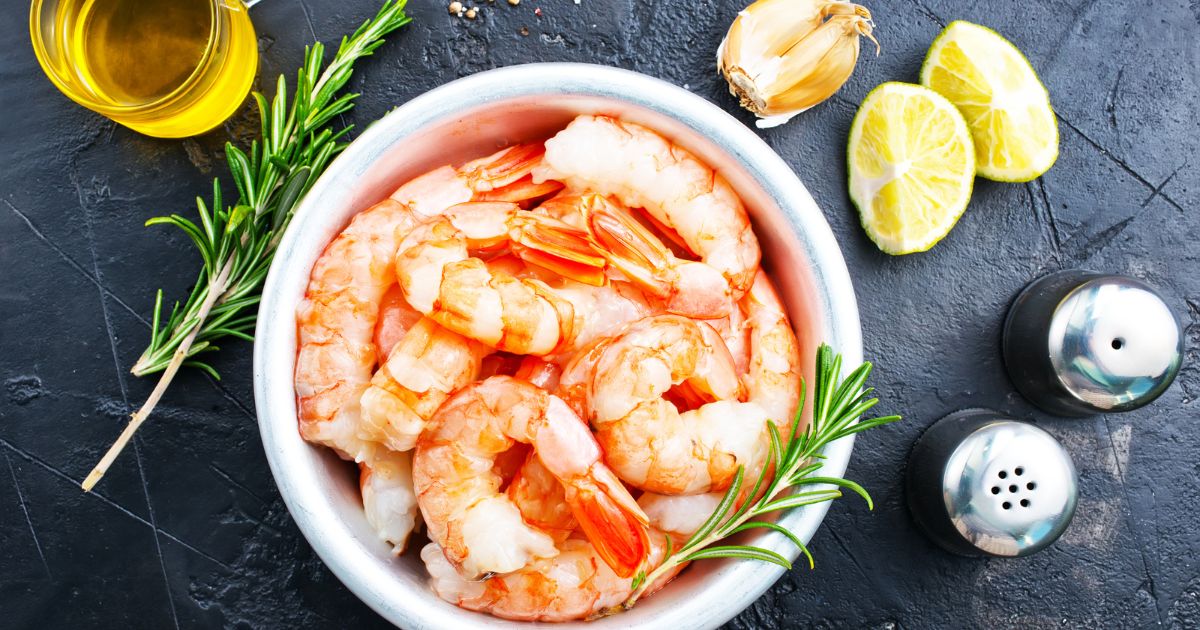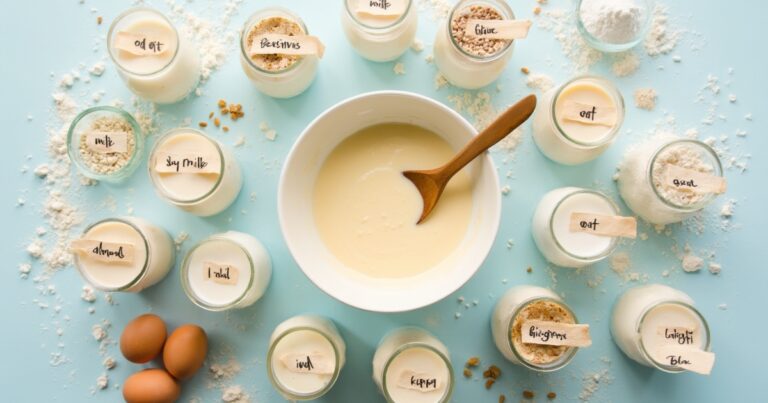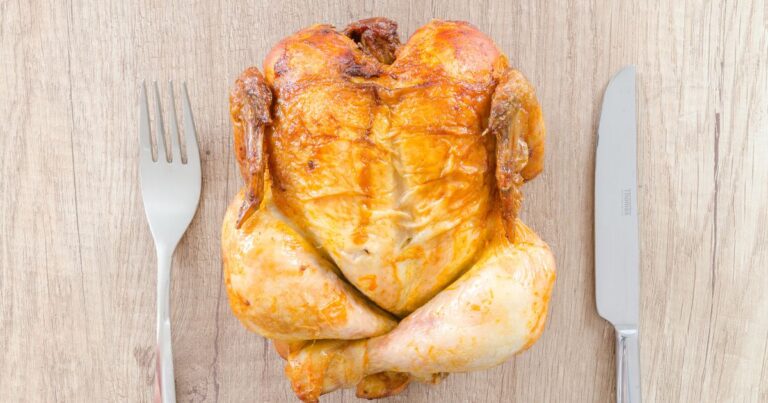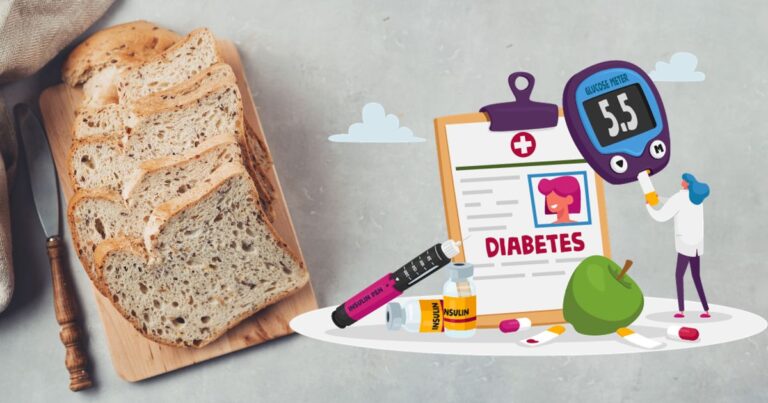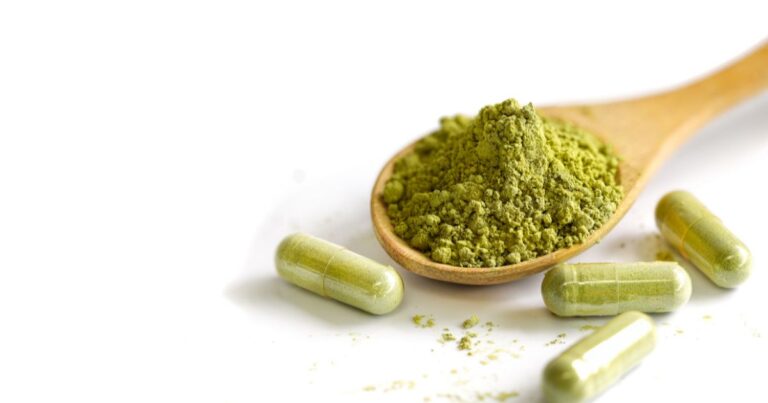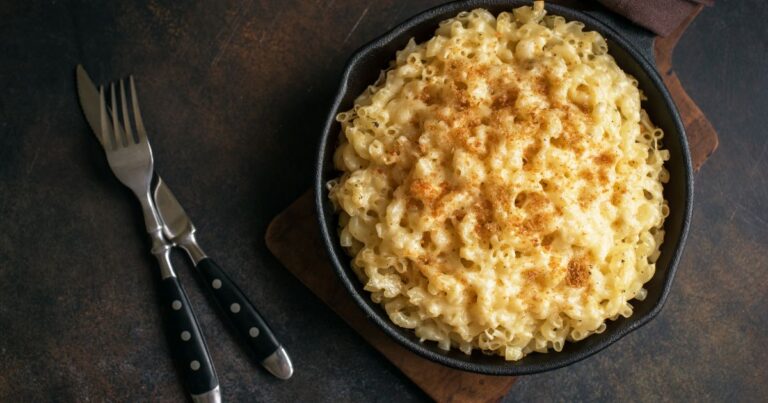Shrimp Food Cravings: Why Do We Crave Eating Shrimp?
The Mystery behind shrimp cravings will blow your mind. Have you ever paused mid-bite and wondered, “Why am I craving shrimp?” Well, you’re not alone. From its rich nutritional profile to the sheer joy of its flavor, there’s a lot to uncover. Whether it’s the succulent texture or that perfect balance of sweet and briny flavor, something about shrimp keeps us coming back for more.
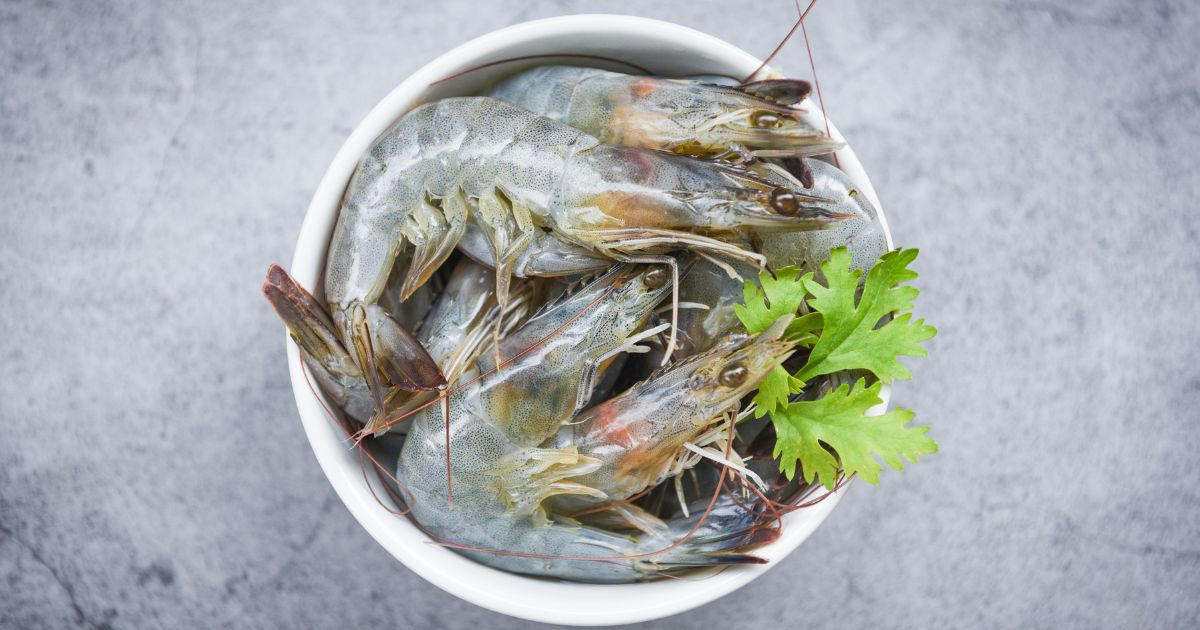
Ah, shrimp. Those little critters seem to dance in the skillet and pop in your mouth with a burst of the sea. I’ve cooked my fair share of shrimp dishes, from classic garlic shrimp to exotic curries with Rice.
I’ve noticed something interesting – people don’t just like it but can’t stop craving shrimp. But why?
What about these tiny, delicious sea creatures that have us hooked?
Shrimp cravings are more common than you might think. These cravings can strike anytime, whether a sudden urge for a shrimp cocktail or dreaming about a steaming bowl of shrimp gumbo.
There’s more to when you crave foods or crave salty foods that drive your love for tasty seafood especially. From the nutritional health benefits they pack to how they tantalize our taste buds, there’s a whole ocean of reasons behind this phenomenon.
And let’s not forget about pregnancy cravings. It’s fascinating how expectant mothers suddenly yearn for shrimp despite never giving it a second thought.
Is it the body signaling a need for certain nutrients, or is there more to this prenatal shrimp saga?
Table of Contents
Why Am I Craving Shrimp?
There are too many reasons to count why people crave seafood, but most importantly, the overwhelming craving for shrimp. Is it the body signaling a need for certain nutrients, or is there more to this prenatal shrimp saga?
1. High Nutritional Value
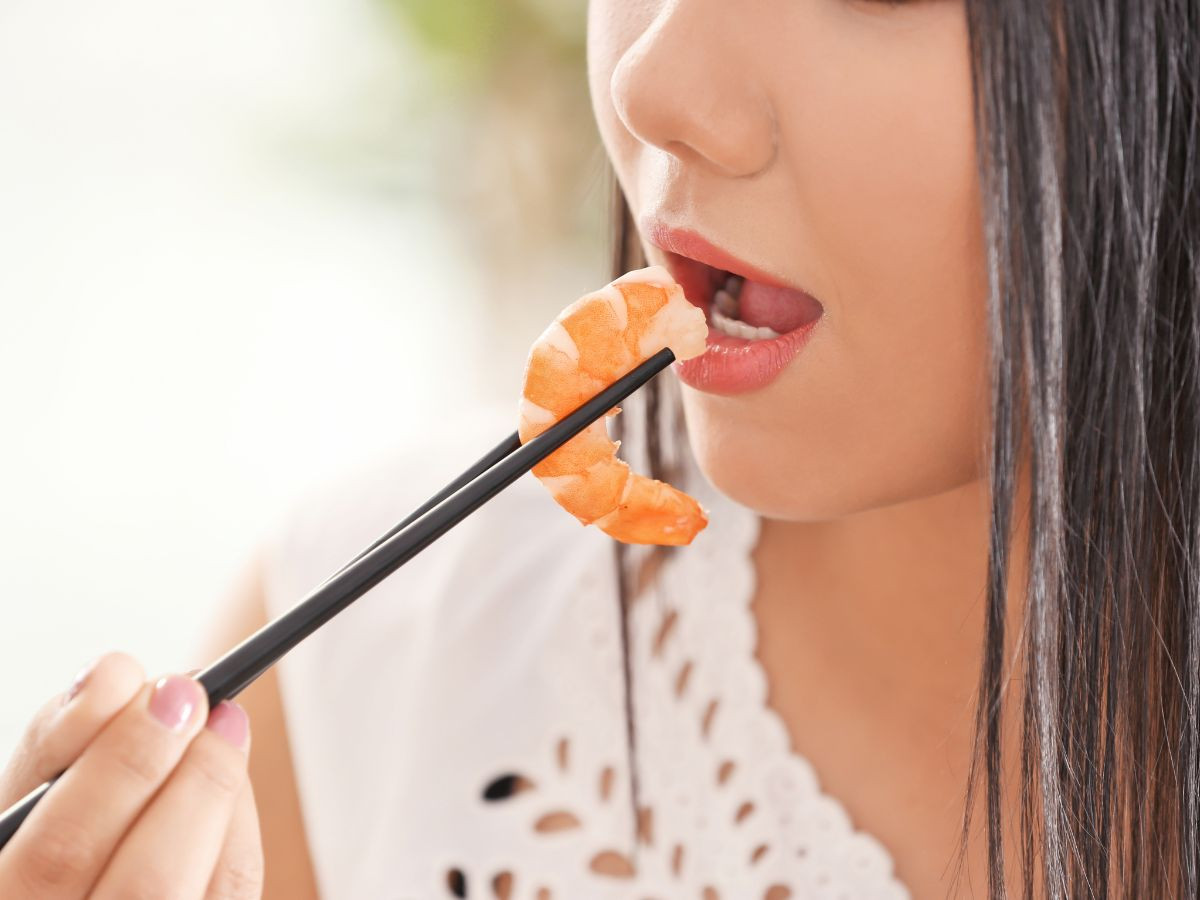
Let’s start with something I constantly harp on in my kitchen: nutrition. Eating more Shrimp isn’t just a treat for your taste buds; it’s also a powerhouse of nutrients.
Protein Punch: First up, shrimp is an excellent source of protein. And we’re talking about high-quality protein here, folks. Whether you’re a gym enthusiast or just trying to stay active, it’s essential for muscle building and repair.
Low in Calories: Now, this is a big win. Shrimp is incredibly low in calories, making it a go-to for anyone looking into weight management. You get the flavor and the protein but without the calorie baggage.
Vitamins and Minerals Galore: It’s like hitting a nutritional healthy immune system jackpot when you consume shrimp. They’re rich in several vitamins and minerals. B12? Check. Selenium? You bet. Iron? Absolutely. These few essential nutrients are vital for energy, immune function, and well-being.
Omega-3s: These fatty acids are the talk of the town for a good reason. They’re great for heart health, and shrimp is a fantastic source. Omega-3s also play a role in brain health.
The Cholesterol Question: I’ve heard many people worry about cholesterol in shrimp. Yes, shrimp contains cholesterol, but it’s not the villain it was once thought to be. Dietary cholesterol has a minimal impact on blood cholesterol for most people.
2. Flavor and Texture
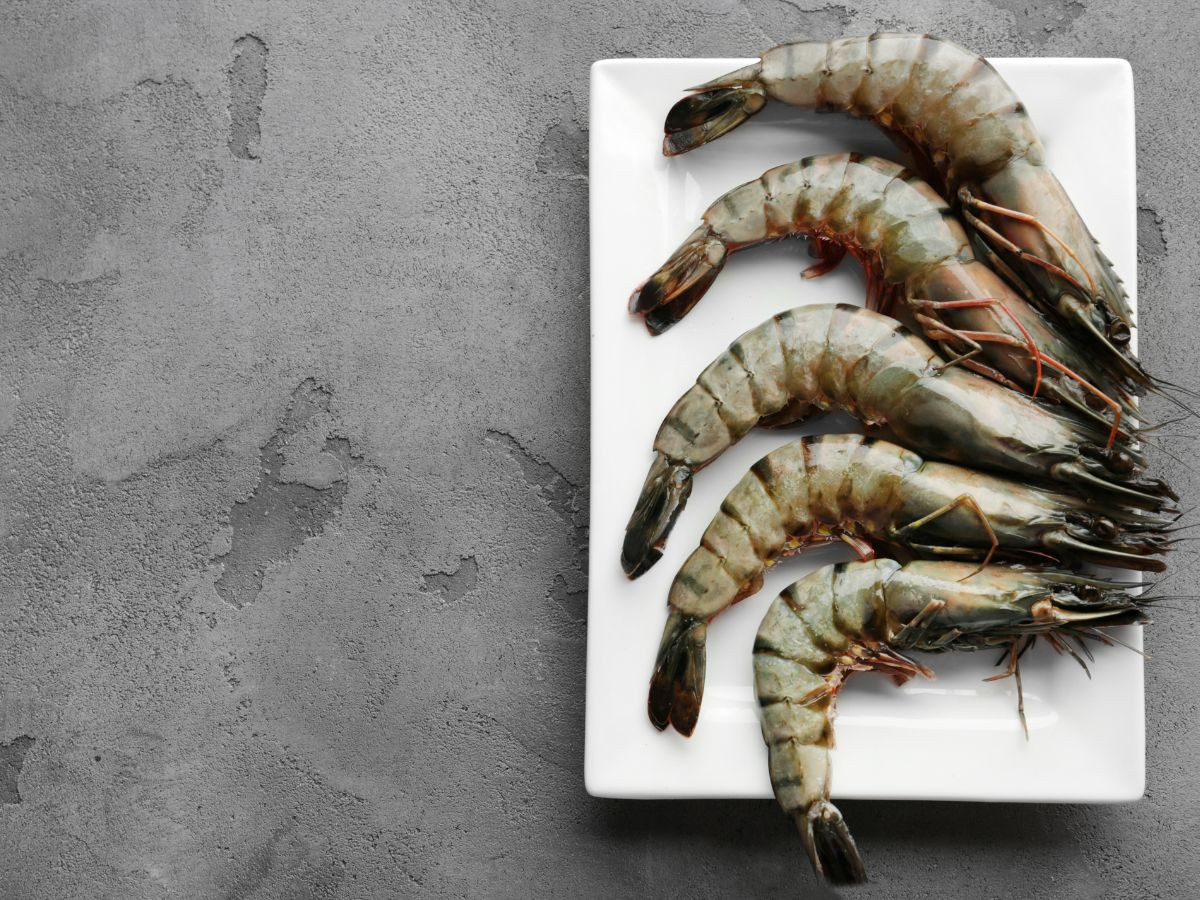
Let’s talk about the real MVPs regarding why we crave shrimp: flavor and texture. As a chef, I can attest that these two elements can make or break a dish, and with shrimp, it’s a home run every time.
A Flavor to Remember: Shrimp has this unique taste – a delightful blend of sweetness and a hint of the sea. It’s not overpowering like some seafood can be, but it’s distinctive enough to dance on your taste buds.
The Texture Tango: The texture of perfectly cooked shrimp is something to write home about. This pleasing, firm-to-the-bite yet tend, er quality makes eating enjoyable. Overcook it, and you’ve got a rubbery mess; undercook it, and it’s just unappealing.
Versatility in Cooking: One of the reasons I love working with shrimp in the kitchen is its versatility. Grilled, sautéed, boiled, fried – you name it, shrimp can handle it. This versatility means it can easily take on a range of flavors and textures based on how it’s prepared, contributing to its crave-worthy status.
Sensory Experience: Eating shrimp is often a hands-on experience. Peeling the shell, dipping it in cocktail sauce, maybe a squeeze of lemon – it’s a complete sensory engagement. This interaction adds to the overall enjoyment and craving for shrimp.
Personal Anecdote: I remember this one time at a coastal food festival. I prepared a simple garlic butter shrimp dish, and the aroma drew a crowd. People were just drawn to the smell; once they tasted it, they looked pure bliss. Moments like these were unforgettable. Moments like these showcase the universal appeal of shrimp’s flavor and texture.
3. Psychological Factors

Now, let’s dive into something that’s oft-looked but incredibly fascinating: the psychological aspects of craving shrimp. As a chef who’s seen the power of food beyond just taste, how we think and feel about food plays a massive role in our cravings.
Comfort and Nostalgia: For many of us, certain foods, like shrimp, are tied to memories and emotions. Maybe it’s remembering a family beach vacation where you had delicious food and the best shrimp cocktail ever or a special anniversary dinner featuring a decadent shrimp scampi. These happy memories can trigger cravings, as our minds associate shrimp with joy and comfort.
Cultural Influence: Depending on where you’re from or what your cultural background is, shrimp might be a staple that you’ve grown up loving. Shrimp is a big part of the culinary landscape in many coastal regions and cultures.
The ‘Treat’ Factor: Let’s face it, for many, shrimp is considered a delicacy or a treat. It’s not an everyday food for most people, so when we get a chance to indulge, it feels special. This perception of shrimp as a luxury can make us crave it more, as it’s seen as a reward or a way to treat ourselves.
Mood Enhancement: Believe it or not, what we eat can affect our mood. Foods like shrimp that are rich in omega-3 fatty acids are known to have mood-boosting properties. So, sometimes, your body might crave that ‘happy’ feeling after enjoying a delicious shrimp dish.
Social and Media Influence: In today’s world, we’re constantly bombarded with food images on social media, TV shows, and advertisements. Seeing a mouth-watering shrimp dish on your favorite cooking show or Instagram feed can trigger a craving.
So, while shrimp’s flavor and nutritional value are big factors, the psychological reasons behind why we crave it are just as intriguing. It combines our memories, cultural influences, and even social media influence.
4. Shrimp Cravings During Pregnancy

When it comes to pregnancy, cravings are a whole different ball game, and shrimp often makes a list. As a chef and a partner who has witnessed pregnancy cravings first-hand, I’ve seen how specific these cravings can get. Let’s explore why shrimp consumption might be crave-worthy for expecting mothers.
Nutritional Needs: Pregnancy is when the body’s dietary demands skyrocket. Shrimp, rich in proteins, vitamins, and minerals like iron and calcium, can be a fantastic way to meet some of these increased nutritional needs. It’s like the body’s saying, “Hey, I need more of the good stuff, and shrimp has it!”
Omega-3 Fatty Acids are crucial for developing the baby’s brain and eyes. Since shrimp is an excellent source of omega-3s, it’s no surprise that pregnant women might find themselves craving it. It’s the body’s natural way of ensuring the little one gets the essential nutrients for healthy fats.
Variety and Versatility: Pregnancy can sometimes change taste preferences or cause food aversions. The versatility of shrimp – being mild in flavor and adaptable to various cuisines – makes it an appealing choice.
Safety Considerations: It’s important to address the elephant in the room – is it safe to eat shrimp during pregnancy? The answer, generally, is yes. Shrimp is lower in mercury than other seafood, making it a safer choice. However, consuming it cooked (sorry, no sushi) is crucial to the risk of foodborne illnesses.
5. Dietary Deficiencies
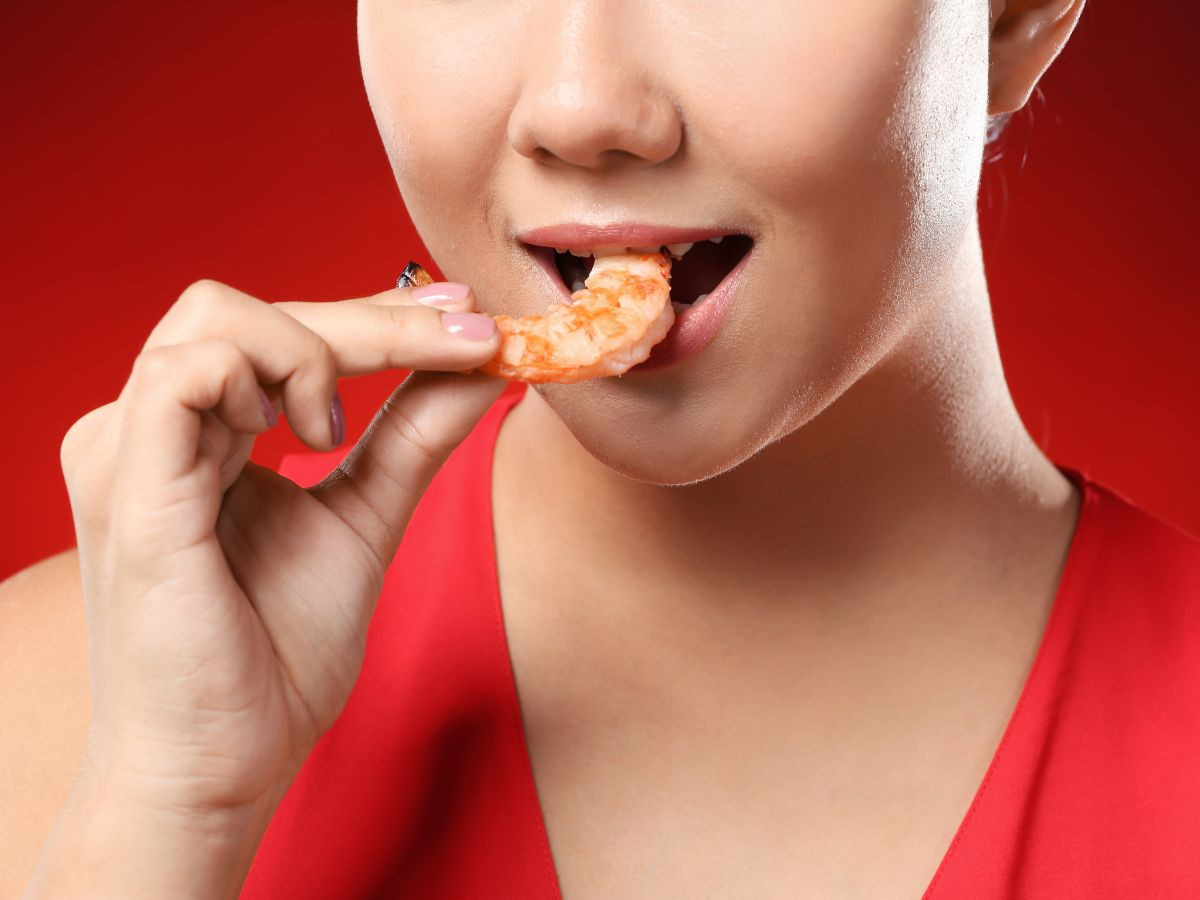
Moving on from the unique case of pregnancy, let’s explore how shrimp cravings might be linked to dietary deficiencies in the general population. As a chef, I’ve learned that our body sometimes speaks to us through our cravings, hinting at a healthy diet and what it might lack. Shrimp also plays a role in blood sugar contrl for a diabetic diet.
Omega-3 Fatty Acids: We’ve touched on this before, but it’s worth repeating. Omega-3s are crucial for heart and brain health; only some get enough. Craving shrimp could be your body’s way of nudging you towards this essential nutrient.
Protein Requirement: In our fast-paced lives, some of us might not get enough high-quality protein, vital for muscle repair and energy. Shrimp is an excellent source of lean protein, and a craving for it might indicate your body’s need for more protein.
Mineral Deficiencies: Shrimp is rich in minerals like zinc, selenium, and iron. If your diet lacks these, your body might crave shrimp as a natural way to replenish these essential minerals.
Vitamin Needs: Specifically, vitamins like B12 and D, which are present in shrimp, are essential for various bodily functions. A deficiency in these vitamins might manifest as a craving for foods rich in them, such as shrimp.
The Balance of Electrolytes: Shrimp contains a good amount of sodium, a key electrolyte. Especially for individuals who engage in high-intensity workouts or live in hotter climates, a craving for shrimp might be related to the body’s need to balance electrolytes.
Personal Insight: In my experience, after long nights in the kitchen or extensive cooking sessions, I often find myself craving shrimp or other seafood. It’s my body’s way of saying it needs to replenish nutrients after intense physical and mental exertion.
Seeing how our cravings can be a window into our dietary needs is fascinating. Suppose you see how our cravings can be a window into our dietary needs, which is fascinating, and you constantly crave shrimp. In that case, it might be worth considering whether your diet is well-balanced and meeting your nutritional requirements.
6. The Role of Media and Social Influence

In this age of constant connectivity and social media, it’s impossible to overlook their impact on our food choices, including our cravings for shrimp. As a chef who’s seen the trends come and go, I can vouch for the power of media and social influence in shaping our food desires.
The Power of Visuals: We eat with our eyes first, and nowhere is this more true than social media. A beautifully presented shrimp dish on Instagram or Pinterest can instantly trigger a craving. The vibrant colors, the steam rising off a hot dish – it’s enough to make anyone’s mouth water.
Celebrity and Influencer Endorsements: When a famous chef or food influencer shares a shrimp recipe or posts about their seafood dinner, it can spark a trend. Suddenly, everyone wants to try that dish or ingredient. A ripple effect can turn a simple shrimp dish into the next big culinary craze.
Food Shows and Cooking Competitions: Ever noticed how, after watching a cooking show featuring a particular ingredient, like shrimp, you suddenly want to eat it? These shows make everything look irresistible, influencing our cravings and encouraging us to try cooking these dishes ourselves.
Cultural Trends and Fusion Cuisine: With the rise of fusion cuisine, we’re seeing more innovative uses of shrimp in dishes. This blending of culinary traditions can pique curiosity and lead to cravings, especially for food enthusiasts eager to explore new flavors.
Personal Anecdote: after a famous cooking competition featuring a shrimp-based challenge, my restaurant saw a significant uptick in orders for shrimp dishes the next day. The power of media in influencing food choices is undeniable.
The ‘FOMO’ Effect: In today’s world, where sharing food experiences is a norm, not wanting to miss out on trends (the ‘Fear Of Missing Out’) can also contribute to cravings. When everyone is talking about a new shrimp recipe or restaurant, it’s natural to want to be part of the conversation.
In essence, while our love for shrimp may start with its taste and nutritional benefits, it’s often amplified by the world of media and social influence.
7. Evolutionary Perspectives
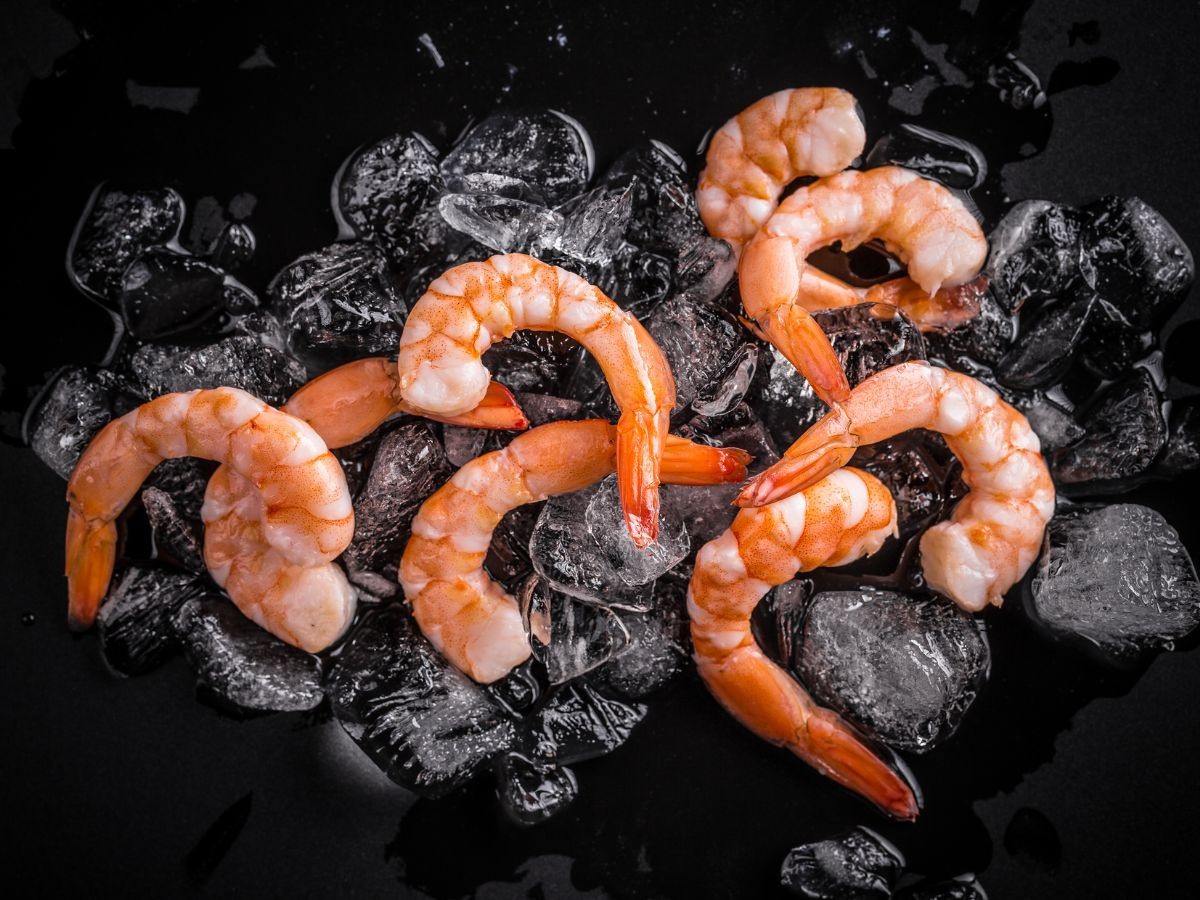
Now, let’s take a step back and consider how our cravings, specifically for shrimp, might be rooted in our evolutionary history. I find this angle particularly intriguing as a chef interested in the ‘why’ behind our food choices.
SeekingI find this angle particularly intriguing as a chef interested in the ‘why’ behind our food choices. Nutrient-Dense Foods: From an evolutionary standpoint, humans have always been programmed to seek out nutrient-dense foods. Shrimp, packed with protein, vitamins, and minerals, fits this bill perfectly. Our ancestors’ drive to find the most nourishing foods for survival could be echoed in our modern cravings for shrimp.
The Role of Seafood in Human Evolution: Research suggests that seafood is crucial in developing early human brains. The omega-3 fatty acids found abundantly in shrimp were vital for brain growth and function. This historical importance might be deeply ingrained in our species’ food preferences.
Adaptation to Coastal Environments: As some human populations evolved in coastal areas, a natural preference for seafood, including shrimp, may have developed. This adaptation could have been passed down through generations, manifesting as a craving in today’s seafood lovers.
The Diversity of Diets: Human diets have always been diverse, adapting to available resources. Shrimp, being available in various global coastal regions, became a part of many cultural diets. This diversity might have reinforced our species’ inclination towards this versatile seafood.
Personal Reflection: In my culinary travels, I’ve always been amazed at how seafood, especially shrimp, is celebrated in coastal cultures worldwide. It’s a testament to its longstanding relationship with human diet and preference.
Understanding the evolutionary context of our cravings provides a fascinating backdrop to our modern-day love for shrimp.
Conclusion: Nutritious Food Cravings
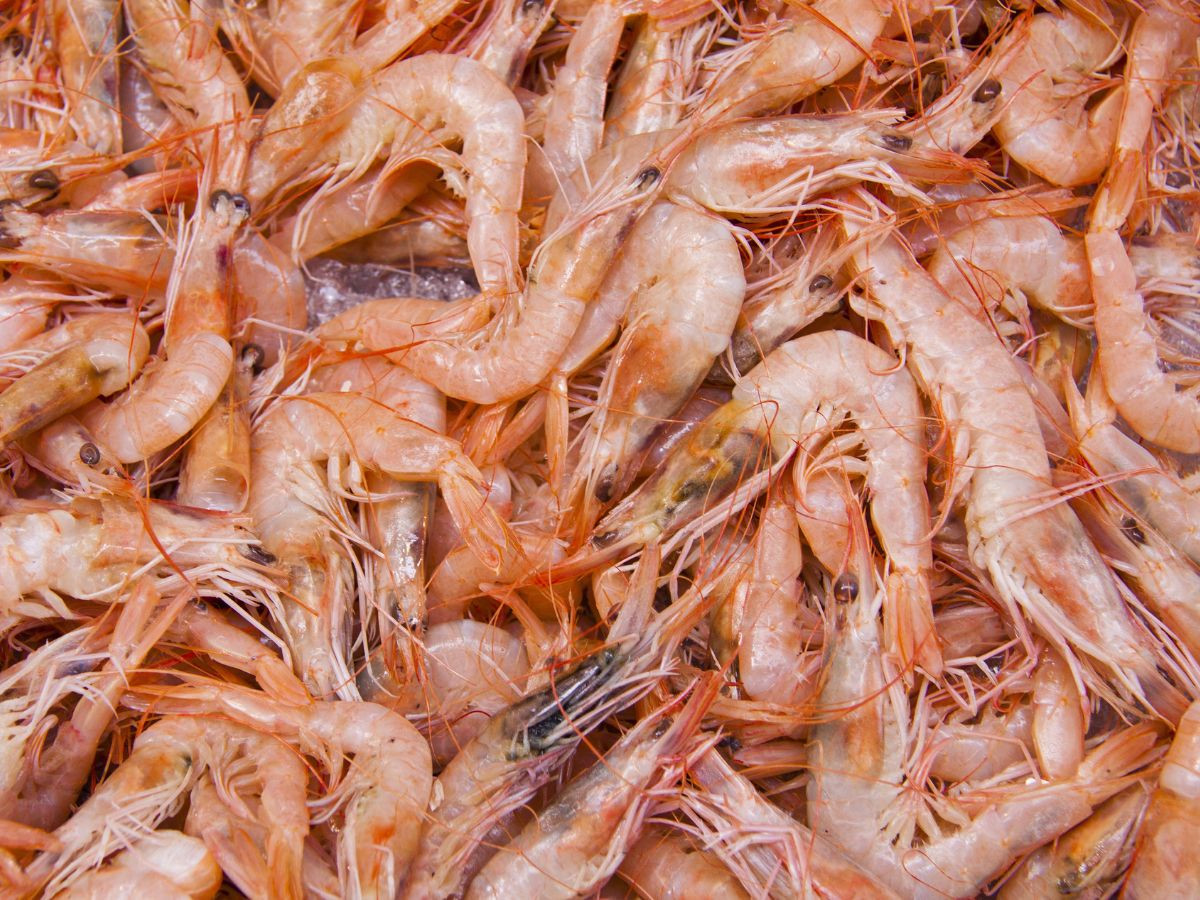
As we wrap up this flavorful exploration into the world of shrimp cravings, it’s clear there’s more to these cravings than meets the eye – or the palate. From the nutrient-packed profile of shrimp to its unique flavor and texture, we’ve seen how these factors can make shrimp an irresistible choice.
But beyond that, we’ve explored the psychological, social, and even evolutionary reasons that might drive our shrimp cravings for this versatile seafood.
Whether it’s the comforting memories associated with a family shrimp boil, the influence of a mouth-watering shrimp recipe on social media, or perhaps even a deep-seated evolutionary preference for nutrient-rich foods, the reasons for craving shrimp are as varied as they are fascinating.
As a chef, I’ve always believed that understanding the ‘why’ behind our food choices enriches our culinary experiences. It’s not just about satisfying a craving; it’s about connecting with a deeper personal, cultural, or even historical story.
So next time you yearn to consume a shrimp cocktail, remember, it’s not just a craving. It’s a nod to your body’s nutritional needs, a reflection of your experiences, and maybe even a link to our collective past.
As you enjoy that succulent bite of shrimp, know you’re part of a much larger, more intricate tapestry of food, culture, and history.
FAQ and Addition Information
Craving Shrimp Before Period:
Craving shrimp before your period is a fascinating phenomenon that blends biology, nutrition, and psychology.
As someone who’s spent much time around food and understands its impacts on the body, I’ve seen how specific cravings can be tied to different menstrual cycle phases.
Hormonal Fluctuations
Estrogen and Progesterone: Before your period, hormones like estrogen and progesterone fluctuate. These changes can affect your taste receptors and smell sensitivity, possibly making you crave certain foods, including shrimp.
Serotonin Levels: These hormonal changes can also impact serotonin, which affects mood. Low serotonin levels are linked with cravings for protein-saturated, fat-rich foods like shrimp, which your body may use to try to boost serotonin levels.
Nutritional Needs
Iron and Zinc: Before menstruation, the body prepares to lose iron. Shrimp is a good source of iron and zinc, which are important for women’s health, especially during their menstrual cycle. Your body might be signaling its need for these nutrients.
Omega-3 Fatty Acids: The omega-3s in shrimp are known for their anti-inflammatory properties and essential fatty acids, which can be beneficial in easing premenstrual symptoms like cramps.
Emotional and Psychological Factors
Comfort Eating: The premenstrual phase can sometimes be emotionally challenging, leading to a desire for comfort foods. Shrimp, being both nutritious and delicious, can be a satisfying choice.
Stress Response: Stress levels can be higher before periods. Stress eating certain foods, including shrimp, might be a stress response, as eating enjoyable foods can be a natural stress reliever.
Personal Body Rhythms
Individual Differences: It’s important to note that cravings can vary widely from person to person. Your unique body chemistry and dietary habits play a significant role in determining what you crave.
What deficiency causes seafood cravings?
Craving seafood, including shrimp, can sometimes be linked to certain nutritional deficiencies in your diet. Our bodies are remarkably good at signaling what they need through our food preferences and cravings. Here are some key nutrient deficiencies that might cause seafood cravings:
Omega-3 Fatty Acids
Essential Fats: Seafood, especially fatty fish like salmon, mackerel, and sardines, is a prime source of omega-3 fatty acids. These essential fats are crucial for heart health, brain function, and reducing inflammation. If your diet is low in omega-3s, your body might crave seafood to compensate.
Iron
Heme Iron: Seafood provides heme iron, which is more easily absorbed by the body than non-heme iron in plant sources. An iron deficiency can lead to anemia, and your body might crave seafood to boost iron levels, mainly if you don’t consume much red meat or are on a plant-based diet.
Iodine
Thyroid Function: Iodine is essential for healthy thyroid function, and seafood is a rich source. A craving for seafood might indicate a need for more iodine, especially in regions where iodine deficiency is expected due to low levels in the soil and food.
Zinc
Immune Health and Metabolism: Seafood, particularly shellfish like oysters, is high in zinc. This mineral is vital for immune health, wound healing, and metabolism. A zinc deficiency might manifest as a craving for seafood.
Vitamin B12
Nerve and Blood Health: Vitamin B12, crucial for nerve function and blood cell formation, is abundant in seafood. If your diet lacks adequate B12, which is more common in vegetarian and vegan diets, your body might crave seafood.
Protein
High-Quality Protein: Seafood is an excellent source of high-quality protein, necessary for muscle repair and overall health. If your diet is low in protein, your body might signal the need for more through seafood cravings.
Emotional and Psychological Factors
In addition to physiological needs, sometimes cravings can be driven by psychological or emotional factors, like stress, mood, or past experiences with food.
Why do I feel better when I eat shrimp?
Feeling better after eating shrimp can be attributed to various factors related to its nutritional content, its impact on your body, and even psychological influences.
Here’s a breakdown of why shrimp might be giving you that feel-good sensation:
Nutritional Benefits
Rich in Omega-3 Fatty Acids: Shrimp contains omega-3 fatty acids known for their anti-inflammatory properties and positive effects on mental health. Omega-3s can improve mood and reduce symptoms of depression and anxiety.
High-Quality Protein: Shrimp is an excellent source of lean protein, which is essential for repairing and building tissues in the body. Protein also plays a role in making neurotransmitters like dopamine and serotonin, which are key mood regulators.
Vitamins and Minerals: Shrimp contains vitamins like B12 and minerals like selenium and zinc. B12 is crucial for nerve health and energy, selenium has antioxidant properties, and zinc is vital for immune function and mood regulation.
Low in Calories and Satisfying: Shrimp is low in calories yet very satisfying, thanks to its protein content. Eating a fulfilling meal without consuming too many calories can leave you feeling content and energized rather than sluggish.
Psychological and Sensory Aspects
Pleasant Eating Experience: The flavor and texture of shrimp can be pretty enjoyable, leading to a positive eating experience. This sensory pleasure can uplift your mood.
Comfort Food: If shrimp is a food you associate with positive memories or comfort, eating it can evoke a sense of nostalgia and emotional well-being.
Satisfaction of Cravings: If you’ve been craving shrimp and finally indulge in it, fulfilling that craving can be a mood booster.
Dietary Balance
Fulfilling Nutritional Needs: If your body has been craving nutrients found in shrimp, such as iron or omega-3 fatty acids, satisfying this need can make you feel physically better.
Impact on Gut Health: Your gut health is closely linked to overall well-being. Shrimp, being easy to digest and nutritious, can positively affect your gut health, mood, and energy levels.

